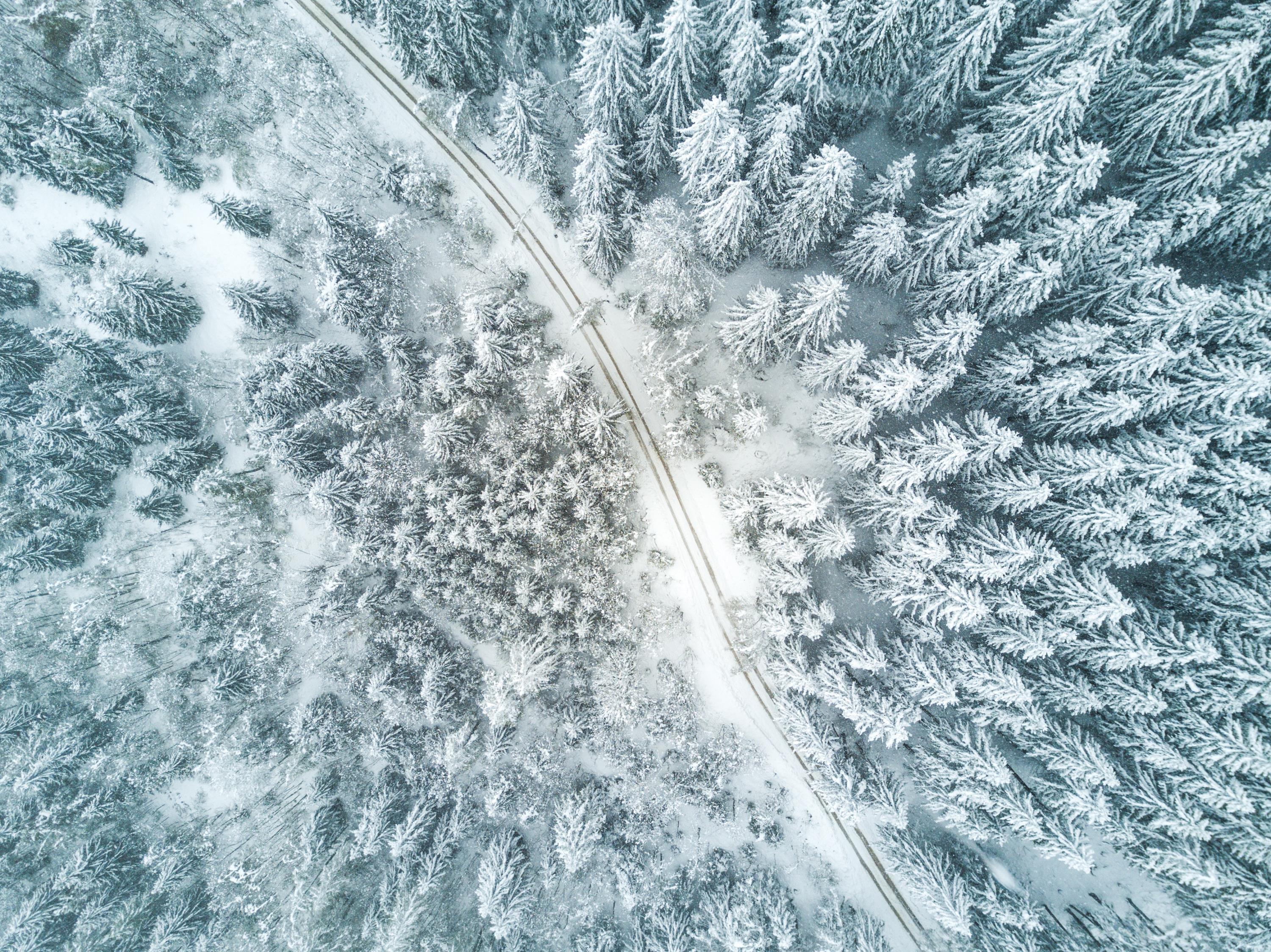
What is a polar vortex?
Its been freezing lately, and the question that comes up is why?
Here's an article based on an interview in Vox, explaining some of it.
The vortex is a swirl of cold air that sits over the Arctic region. It's full of swirling eddies that, during winter months, can grow and extend farther south. It represents the boundary of cold, polar air and warmer subtropical temperatures
Polar vortexes are bordered by the "polar front jet stream" that's constantly shifting.
A polar vortex outbreak in farther southern latitudes can have damaging impacts on regions' transportation and agriculture practices, and scientists aren't quite sure how these outbreaks will be influenced by climate change.
Is this storm different from a regular Nor'Easter?
Not really. What's happening now is just way more intense.
In an interview with Vox, meteorologist Ed Vallee noted this week's storm would be the first Nor'easter of the year and larger—spanning from Maine to Florida—than normal.
The term Nor'easter simply refers to a midlatitude winter storm. Many Nor'easters form when that same polar jet stream collides with warm currents from the Gulf jet stream.
What role does climate change play in all this?
It's well known that climate change can influence weather. The effect is known to exacerbate natural disasters like hurricanes and wildfires, and warming Arctic regions may even be making U.S. winters colder.
But linking one specific extreme weather event to climate change is tricky.
Henson notes that these types of multi-latitude storms vary greatly year-to-year, saying, "There are some indications these storms have become stronger and more frequent across the Northern Hemisphere in the last 60 years, but there isn't strong evidence of any major change in impacts along the U.S. East Coast."
"What we simply have here is a strong trough in what we call the atmospheric longwave pattern, or, as some might say, there has been a strong southward excursion of the polar vortex," said Serezze in a recent email to National Geographic.
Simply put: "It is winter. This happens."